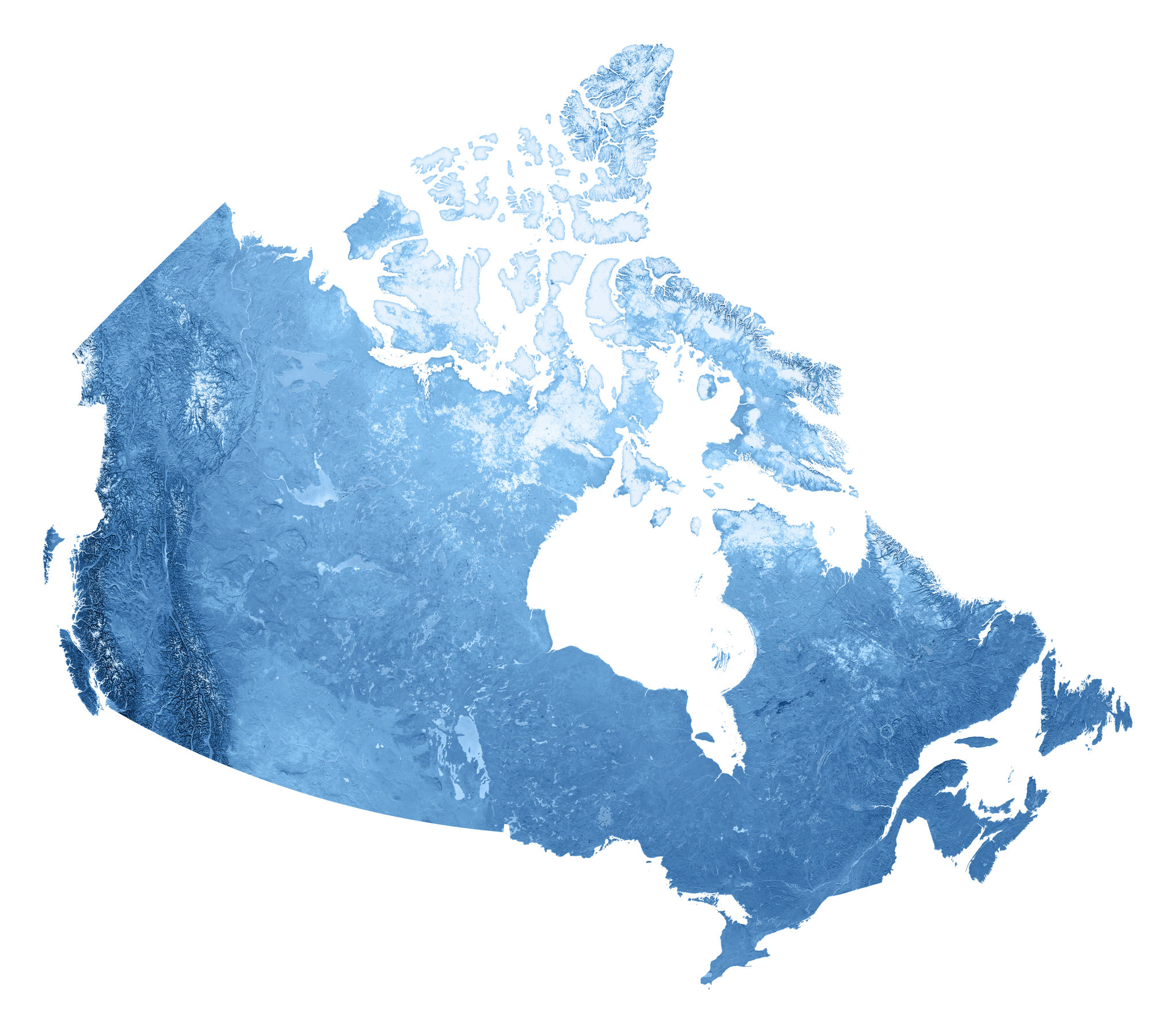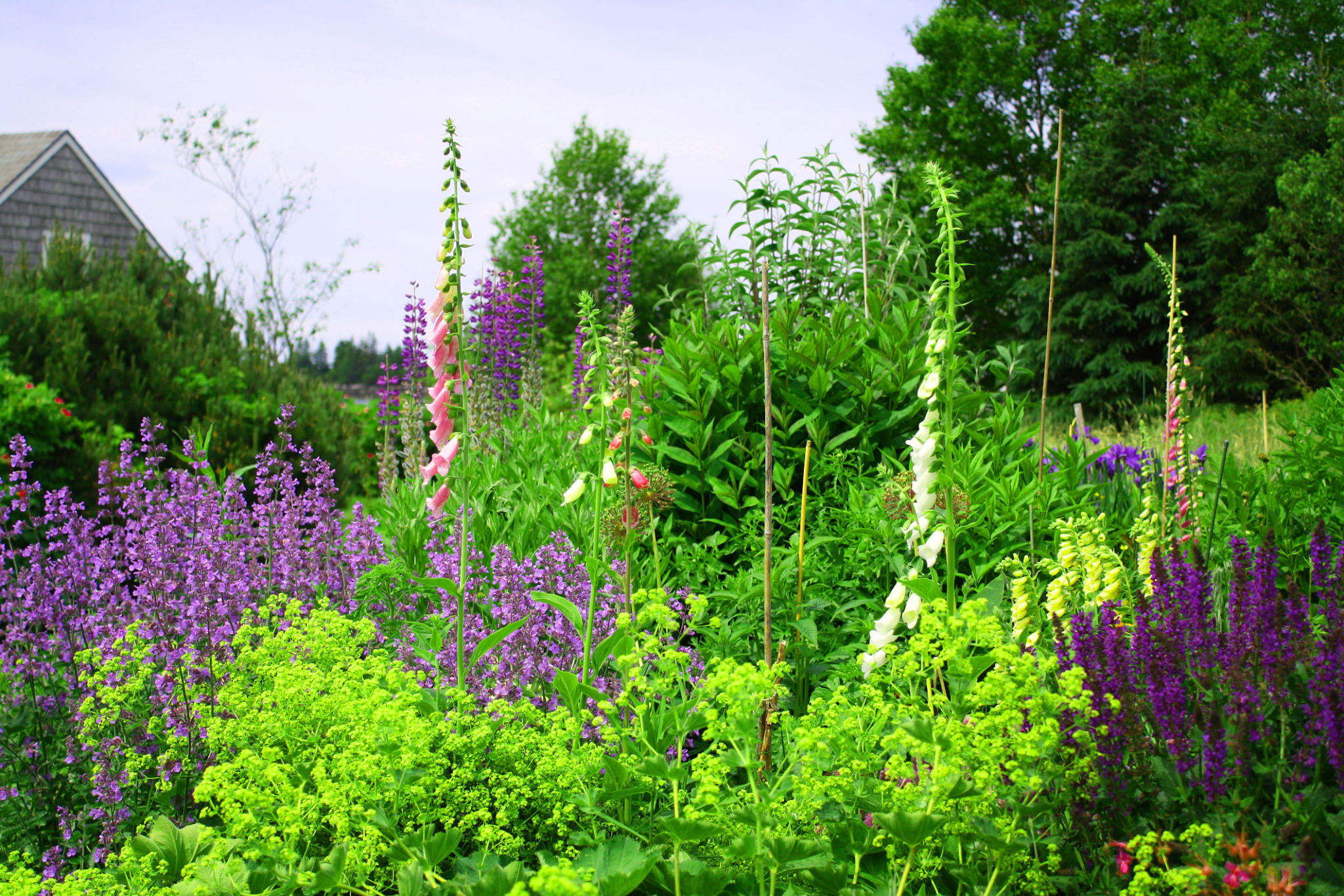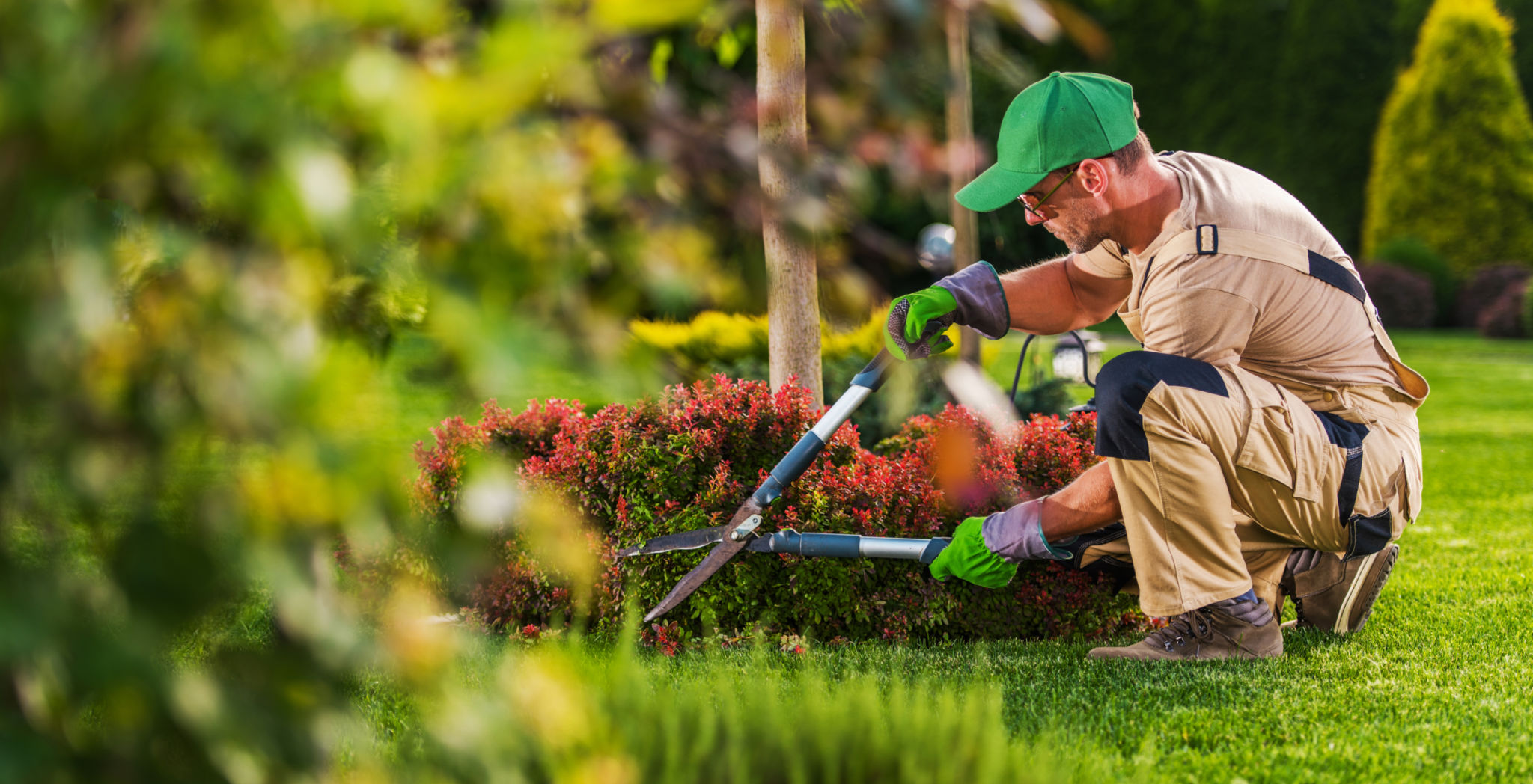Everything You Need to Know About Landscaping for Canadian Climates
Understanding Canadian Climates
Canada is known for its diverse and varied climates, which can pose unique challenges and opportunities when it comes to landscaping. From the icy tundras of the North to the temperate regions of the Pacific coast, understanding the specific climate of your area is crucial to successful landscaping. In general, Canada's climate can be categorized into three main types: Arctic, Continental, and Maritime.

Choosing the Right Plants
One of the most important aspects of landscaping in Canada is selecting plants that are suited to your local climate. Hardiness zones play a key role in determining which plants will thrive in your area. Canada has a range of hardiness zones from 0 to 8, with 0 being the coldest. It's essential to choose plants that can withstand the coldest temperatures in your region.
Some popular options for Canadian gardens include:
- Perennials such as coneflowers and hostas
- Evergreens like spruce and pine trees
- Deciduous trees like maples and oaks
Designing for the Seasons
Canadian climates require landscaping designs that can endure harsh winters while also thriving in warmer months. Four-season interest is a key concept to consider. This means planning for a landscape that offers visual appeal throughout the year. In winter, evergreens provide structure and color, while in spring and summer, blooming flowers and lush greenery take center stage.

Dealing with Snow and Ice
In many parts of Canada, snow and ice are inevitable during the winter months. Landscaping should account for these conditions to prevent damage and maintain accessibility. Consider planting salt-tolerant plants near roads and walkways to avoid damage from de-icing products. Additionally, ensure that pathways are well-designed for easy snow removal.
Sustainable Landscaping Practices
Sustainability is an important consideration in modern landscaping. By incorporating native plants, you can create a more sustainable garden that requires less water and maintenance. Native plants are adapted to the local climate and soil conditions, making them more resilient to pests and diseases.

Water Management Techniques
Effective water management is crucial for landscaping success, particularly in regions prone to drought or heavy rainfall. Techniques such as rain gardens, permeable paving, and rain barrels can help manage water resources efficiently. By planning for proper drainage and irrigation, you can protect your landscape from erosion and waterlogging.
Soil Considerations
The type of soil in your area can greatly affect your landscaping choices. In Canada, soil types range from sandy soils in coastal regions to clay-heavy soils in the prairies. Conducting a soil test can provide valuable insights into soil pH, composition, and nutrient levels, allowing you to amend the soil appropriately for optimal plant growth.
Professional Landscaping Services
If you're unsure where to start or need assistance with your landscape design, consider hiring professional landscaping services. Local experts are familiar with the specific challenges of Canadian climates and can offer tailored advice and solutions. Whether you're creating a new garden or renovating an existing one, professional landscapers can help bring your vision to life.

In conclusion, successful landscaping in Canada requires careful consideration of climate, plant selection, seasonal design, and sustainable practices. By understanding these elements, you can create a beautiful and resilient landscape that enhances your outdoor space throughout the year.
